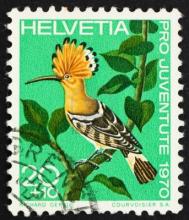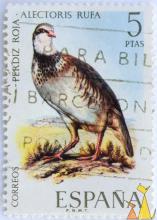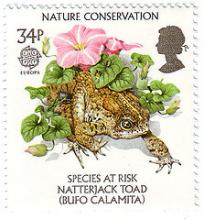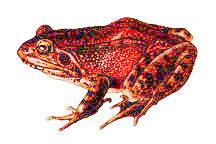In Deutschland, wo der Wiedehopf bis ins 20. Jahrhundert hinein recht häufig war, brüten nur noch rund 310-460 Paare, in Österreich etwa 400-600 und in der Schweiz 100-150
In Nordwest- und Nordeuropa (Großbritannien, Island, Irland, Schweden, Norwegen, Finnland und Dänemark) fehlt der Wiedehopf (Upupa epops). Häufig ist der Wiedehopf noch in Russland ( 70.000-200.000 Brutpaare) und in den Mittelmeerländern. Allein in Spanien brüten bis zu 710.000 Paare. In Mitteleuropa brütet der Vogel noch in den meisten Ländern, doch 90 % des mitteleuropäischen Bestandes ist in Ungarn (10.000-17.000 Paare) und Polen (10.000 –15.000 Paare) beheimatet. In Deutschland, wo der Wiedehopf bis ins 20. Jahrhundert hinein recht häufig war, brüten nur noch rund 310-460 Paare, in Österreich etwa 400-600 und in der Schweiz 100-150.










